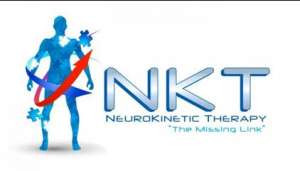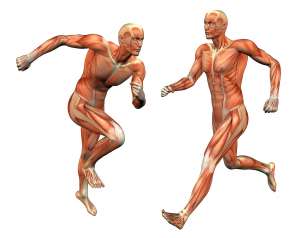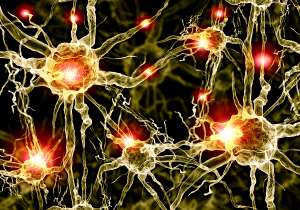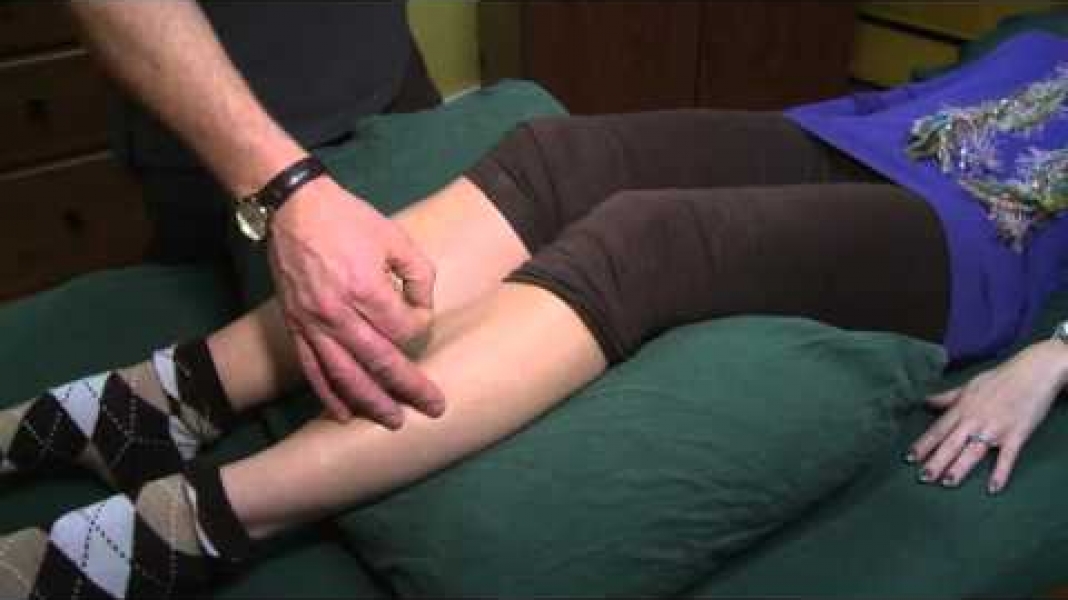
Enjoying a St. Paddy’s day celebratory beer with a friend was a pivotal moment that catapulted my career into the diversely complex world of neurology and movement re-patterning. We were catching up (this was after we had both graduated university and become certified athletic therapists) and he was raving about a course he’d taken called NeuroKinetic Therapy, being the continuing education dork that I am, my interest was piqued. The very next day after a brief google search on NKT,I signed up for level 1 and haven’t looked back since.
So what is NeuroKinetic Therapy? And why did I choose to be in this line of work?
Well, to be honest I think my profession chose me, and that’s because of my first love, ballet. As a young kid I learnt how to activate certain areas of my body from all the poking and prodding my ballet teachers did (which I love and appreciate you for). If you turned your leg outwards to this degree and pointed your foot from that joint and lifted up and forward from here… beautiful soft unrestricted movement happens. Moments on stage became the starting point of my evolution.
My second love? Helping others. I believe that insight grew from the moment I realized how special my upbringing was. I have loving caring parents who work in a zoo. The love, appreciation and urge to help the living runs deep through my genetic code. Growing up surrounded my exotic animals was a great learning experience, but that’s a story for another day.
Then came university. I had to hang up the pointe shoes and traded them for geek goggles. I dove head first into the world of human anatomy, biomechanics and rehabilitation. This eventually landed me a bachelor’s of science and an athletic therapy certification. Fast forward several other certifications and a couple of St. Paddy’s day beers later and there I was, front and center at my level 1 NeuroKinetic Therapy course. One of the best decisions I’ve made in my professional career.

NeuroKinetic Therapy is an assessment tool that integrates full body thought processes and utilizes that concept to re-write movement patterns using the motor control system of the brain. Through a movement testing protocol the practitioner finds areas of the body that are dysfunctional. Examples of this are; muscles not performing their correct function, scars over ruling the nervous system, breathing dysfunctions, etc. A failed movement test is an entry point for learning and progression. The motor control system learns from failure, just like a
In order to really understand why NeuroKinetic Therapy stands out amongst traditional therapies we must learn more about how and why we move the way we do.


So now that we have a better understanding of the body, think about this:
Does your shoulder hurt? Well maybe that’s because you have an old opposite hip injury.
You have plantar fasciitis? It could be due to lack of gluteal activation.
You have chronic neck pain? Chances are it’s because of an unstable core and lumbar region.
The days of treating the site of pain are out dated and NeuroKinetic Therapy (NKT) helps the patient see that. Your body is amazingly smart, always looking to learn and improve. The brain uses pain as a warning sign. Listen to your body, it’s telling you a story. As an athletic therapist and NeuroKinetic Therapy practitioner I can now see how the body moves in patterns. And just like your brain and body, once it learns how to move correctly it will leave the pain and discomfort behind. Stay curious, always seek out the “why” to your questions, especially when it comes to your health.
“A mind that is stretched by new experiences can never go back to old dimension” –Oliver Wendell Holmes
For more information about NeuroKinetic Therapy please visit http://neurokinetictherapy.com/




